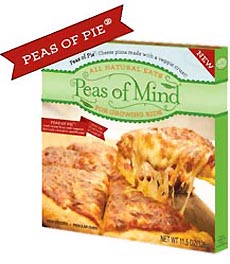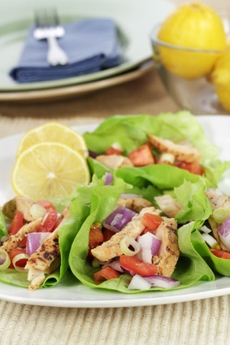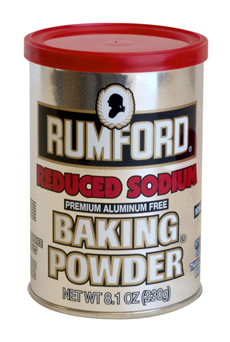|
This is particularly important in commercial baking, where many pans of batter can be lined for a period of time before going into the oven. But it isn’t critical for home baking.
*Double acting baking powder reacts to the liquid and heat in two stages. The first reaction takes place when the baking powder makes contact with the batter, and reacts with the liquid to produce carbon dioxide gas. The second reaction takes place when the batter responds to the heat in the oven (the gas cells expand, causing the batter to rise).
There are two reasons to avoid baking powder with aluminum. Some people with finely-tuned palates perceive a tinny aftertaste. But more importantly, scientists are pursuing a possible link between aluminum consumption and Alzheimer’s disease, attention deficit disorder, bone degeneration, kidney dysfunction and even Parkinson’s disease.
Baking powder without aluminum costs a bit more than standard baking powder. But it’s worth it. You should notice an improved flavor in your baked goods.
Baking Powder Can Go Flat
If you don’t bake regularly, chances are that you’ve had the same can of baking powder for years. Over time, it can go flat. To test if your baking powder is still good, add a teaspoon to a half cup of boiling water. If you see a bubbling reaction, the baking powder is good. If not, toss the powder, recycle the can and buy more when you’re ready to bake again.
Reduced Sodium Baking Powder
Given that baking powder’s principal ingredient is sodium bicarbonate,† a standard baking powder can deliver a lot of hidden sodium. One muffin, for example, can contain almost 20% of the Recommended Daily Allowance of sodium.
†Sodium bicarbonate is the base, cream of tartar is the acid, and corn starch is the moisture-absorbing agent that prevents the powder from reacting with moisture in the air.
So if you’re watching your salt intake or just prefer healthier ingredients, look for a reduced-sodium baking powder.
They’ve been around for a while, but have produced baked goods that are less light and fluffy.
The Rumford brand has just launched a new formula that is quick-acting, is used in the same amount as regular baking powder and produces baked goods that are light and fluffy. It contains 52% less sodium than conventional brands. And it’s aluminum-free.
If you can’t find it locally, you can purchase it from the company’s website.
Make Your Own Baking Powder
If you don’t use baking powder often, it might make more sense to make your own baking powder and have one less item cluttering the shelf.
For one tablespoon of baking powder, thoroughly combine:
1 teaspoon baking soda
2 teaspoons cream of tartar
Since this baking powder is not double-acting, as soon as the batter or dough is mixed, put it into the oven. As explained above, the baking powder starts to react as soon as it makes contact with liquid.
If you’re not going to use it immediately, you can store it (or any excess) in an airtight container if you add:
1 teaspoon cornstarch to absorb moisture
However, given the low cost of the ingredients and the premium on space that most of us have, you can just toss the excess and mix a fresh tablespoon the next time you bake.
|




